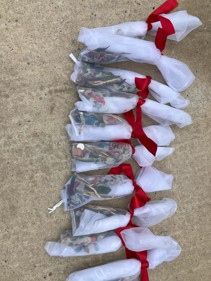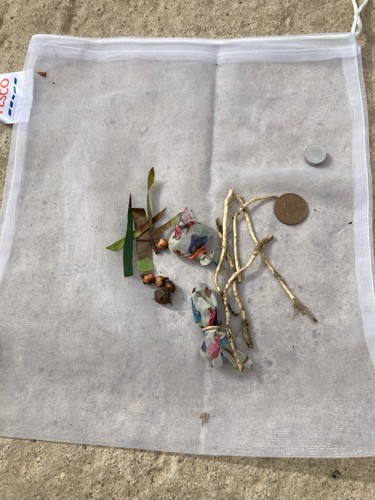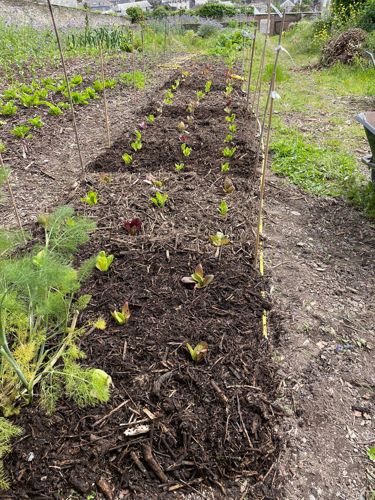


It is widely accepted that compost can help capture carbon, retain nutrients, and reduce the dependence on bought-in fertiliser by improving the soil structure and biology. But how can you get the best out of your compost? And what benefits can you expect?
Five growers in Cornwall will explore how compost quality and therefore yield, can be influenced by a wide range of management variables.
The field lab is the first of three to run as part of the five year Lottery Funded Farm Net Zero Project, a major project from the farming community in Cornwall to explore the contribution that agriculture can make to achieve Net Zero.
The group are aiming to find out what changes in nutrient availability and pH take place over time. They are also interested in looking at which practices ensure low risk of pathogens and weeds, and the effect of different compost 'products' on soil health and yield. By getting compost techniques right, growers hope to reduce the dependence on bought-in fertiliser, have less waste, reduce weed burden and improve the structure and biology of their soils.
The group are monitoring the following over five different holdings:


The results were fantastic: Composting killed this specific plant pathogen but the control samples remained viable. Further, weed propagules were turned to dust (bindweed and oxalis) but the controls are very viable. Early results indicate that the seed controls are germinating, but failing when entering the composting process. It is important to note that only one disease pathogen was trialed, and hot composting will not kill all pathogens.
The compost field lab trialists met up to review progress, and plan next years next stages. With harvesting of vegetables grown with different compost treatments under way, some initial anecdotal outcomes and Brix meter results are beginning to add to the groups understanding of what is happening. The next step is to do a soil analysis following compost applications.
The first stage of the trial results will be available soon. The effect of compost treatments on weed seed and bindweed survival in composts will be assessed using electronic temperature recorders to track effect of different treatments on compost heaps.
The Prideaux Gardens trial site has planted out mixed lettuces on their trial plots. The 3 compost treatments are: bokashi, biochar, and bokashi + biochar. The trial area has been divided into multiple 1m2 plots, with a buffer strip between, each with a different treatment of compost or a control of untreated compost. These have been planted out with mixed lettuces. Their growth will be monitored using Brix meters to measure the sugars in the leaves.

December 2022
April 2023
May 2023
Summer 2023
December 2023
March 2024
May 2024
Summer 2024
October 2024

Soil Association
Bristol / UK-wide
Arable & Soils Advisor at Soil Association, and farmer. I ran the family farm in Devon for 25 years, farming dairy, then organic beef, sheep and arable units with holiday cottage conversions. Former chairman of a local farmer owned co-op grain store, and involved in the grain supply chain nationally.

Real Food Garden
Bodmin

Prideaux Gardens
Padstow

Lost gardens of Helligan
St Austell

Trevozah
Launceston

Haye Farm-on-River Tamar
Saltash

Trifolium Services
Southwest England
In this section you will find reports and results from the field lab, as well as other relevant documents.

